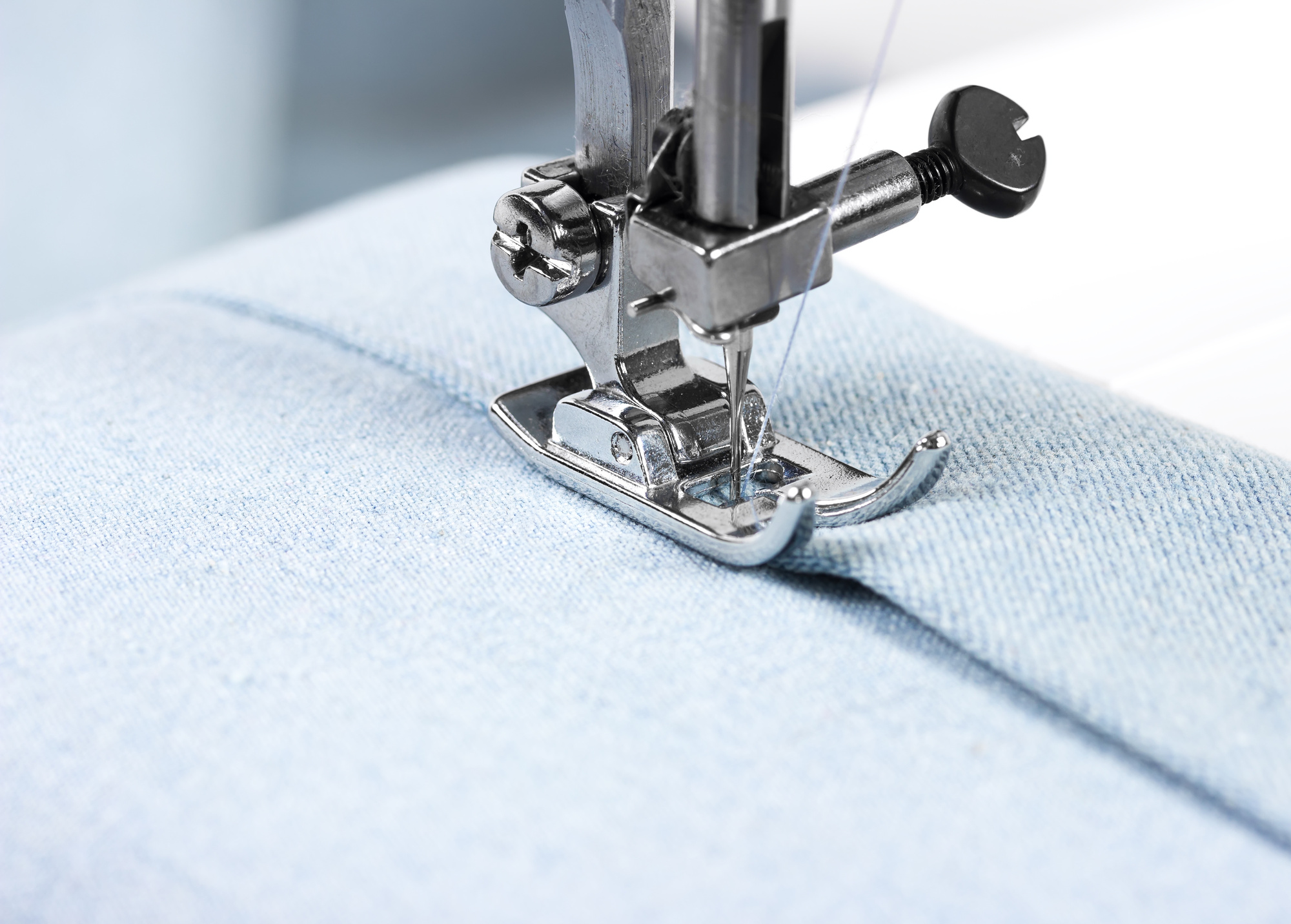
Did you know that sewing is increasingly becoming recognized as an effective way to calm the mind and reduce stress?
If you use a sewing machine, you know that frustrations do occur. It’s not always rainbows and butterflies when your stitching isn’t coming out the way you want it to.
To get back to the calming sensations of this hobby, it’s important to know about the most common problems with sewing machine stitches. Keep reading to learn what they are and how to fix them.
Thread Bunching Under Fabric
Even if you have a straight stitch on top, your thread could be bunching under the fabric on the bottom. Most people think the bobbin is the culprit, but this isn’t true.
Threads do this commonly when there is no tension on the upper thread. To fix this issue, raise the presser foot lifter and rethread the machine. This allows the tension mechanism to receive the thread, but this is not all you need to do.
Secondly, you’ll want to raise the take-up lever and needle to the highest position for your machine. You can find this information in the sewing machine manual. This will ensure you have the right adjusted tension.
Stitches Coming Out Uneven or Skipping
Another one of the common problems with sewing machine stitches is when stitches are coming out unevenly or skipping entirely. This problem usually stems from broken, damaged, or bent needles.
You can avoid this issue by replacing your needles every 16 hours of stitching time.
Another reason this might be happening is because of your handling of the fabric. If you pull the fabric from behind to allow it to go through the machine, unclean stitching will happen. In severe cases, this can break your machine.
Make sure you aren’t forcing anything, let the machine do the work for you.
Needle Keeps Breaking
Sewing machine repair isn’t usually necessary if your needle keeps breaking. This has more to do with the needle you are using than the machine itself.
If you are using the wrong-sized needle, going up or down to the appropriate size will do wonders for your finished product. You should also ensure you are using the right type of needle, like regular points, ballpoints, or wedge points.
For reference, size nine or 11 needles work best for lightweight, delicate fabrics. Size 14 is perfect for medium-weight fabrics like linen and flannel. Sizes 16 or 18 are reserved for heavy-weight fabrics, such as denim.
Problems With Sewing Machine Stitches: Solved
There are a lot of problems with sewing machine stitches that you may come across. Instead of letting your machine get the best of you, refer back to your manual and follow this sewing machine guide.
These solutions can fix your problems with stitches, but there are cases when your sewing machine will be the culprit. Before buying a new one, consider servicing and repair.
Cathey’s Sewing and Vacuum offers repairs, servicing, and classes to help you become the best sewer you can be. Contact us today with questions or concerns about your machine.






